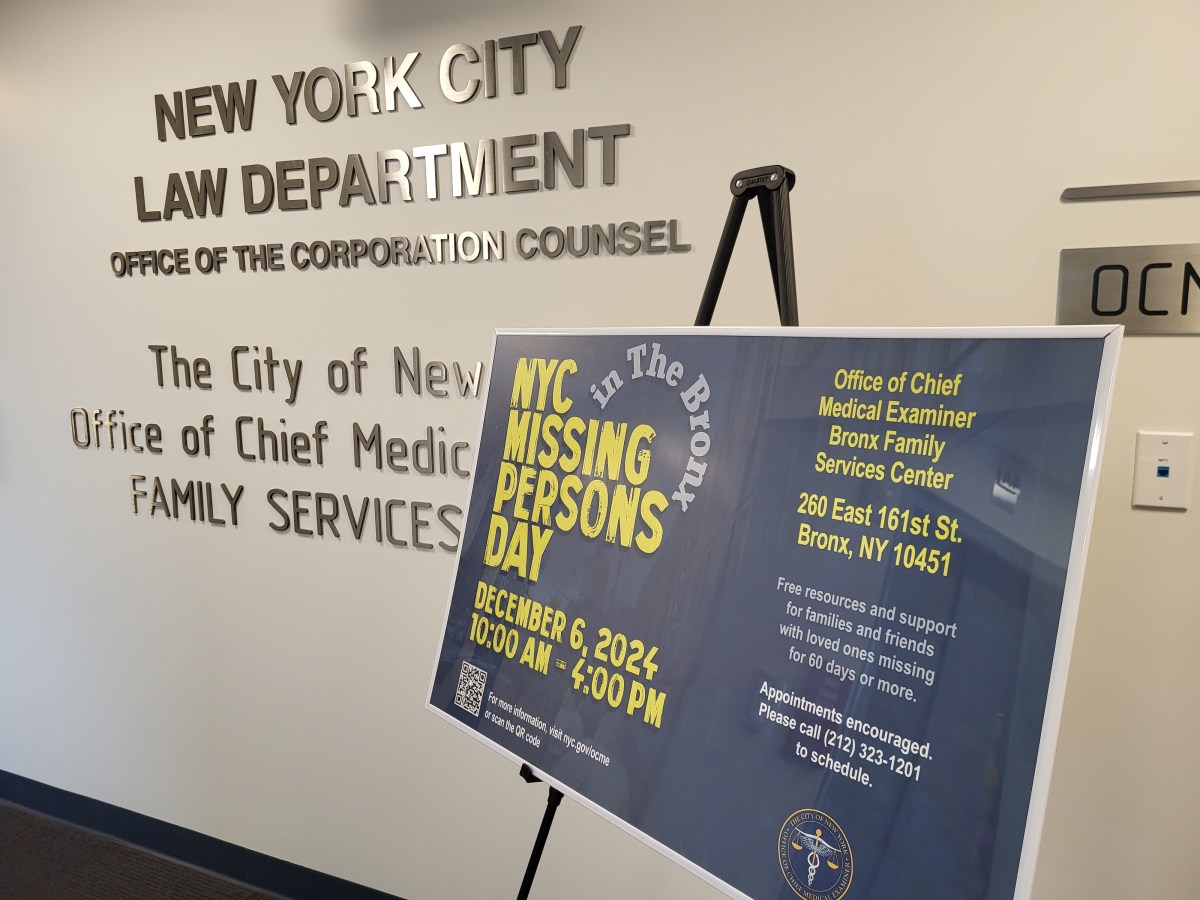
It’s easy to dismiss the latest audit of the MTA as more of the same.
But as the nation’s largest public transit system works to reorganize itself into a more streamlined bureaucracy, the authority must pay attention to issues that crop up again and again.
The audit released July 29 by state Comptroller Thomas DiNapoli highlights much of what we’ve known for years, but with specifics. It sampled six projects within NYC Transit, all of which predated current president Andy Byford, and found that problems, delays and errors led to cost overruns of $43.2 million, off a total budget of $672.2 million.
There were examples of contractors not in compliance and contractors who lacked the necessary staff on site to complete work on time. Contractor reports showed some workers were paid even though they weren’t at a project site. And in one particularly troubling instance, a design team failed to raise a subway platform edge to accommodate wheelchairs. The error was discovered only during construction, resulting in a $617,000 overrun.
These are yet more instances when the MTA wasn’t paying enough attention to the work at hand.
The MTA said the audit “cherry picks” among the thousands of projects. But as the MTA tries to transform its operations, it must improve oversight and hold contractors accountable. DiNapoli is right to recommend that the MTA assess penalties when contractors mess up, and improve its verification systems to make sure a contractor’s employees are working when they’re being paid to work.
Certainly, the design-build process to streamline construction projects will help. And moving more projects to its Capital Construction division, as proposed in the recent reorganization plan, could provide better management. But that’s not enough.
The MTA often focuses on the big changes it hopes to make. But what this audit shows is that it’s the small stuff, platform edges and all, that can derail the agency, too.



































